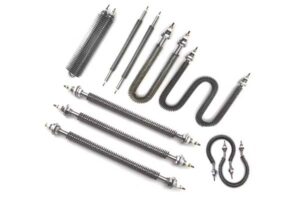Are you cold? Many people are looking for efficient and cost-effective heating solutions. Infrared heaters are becoming more popular. But are they the best choice for you?
Infrared heaters use electromagnetic radiation to directly warm objects and people. This differs from traditional heaters that warm the air. They are efficient for targeted heating and can save energy in certain situations.
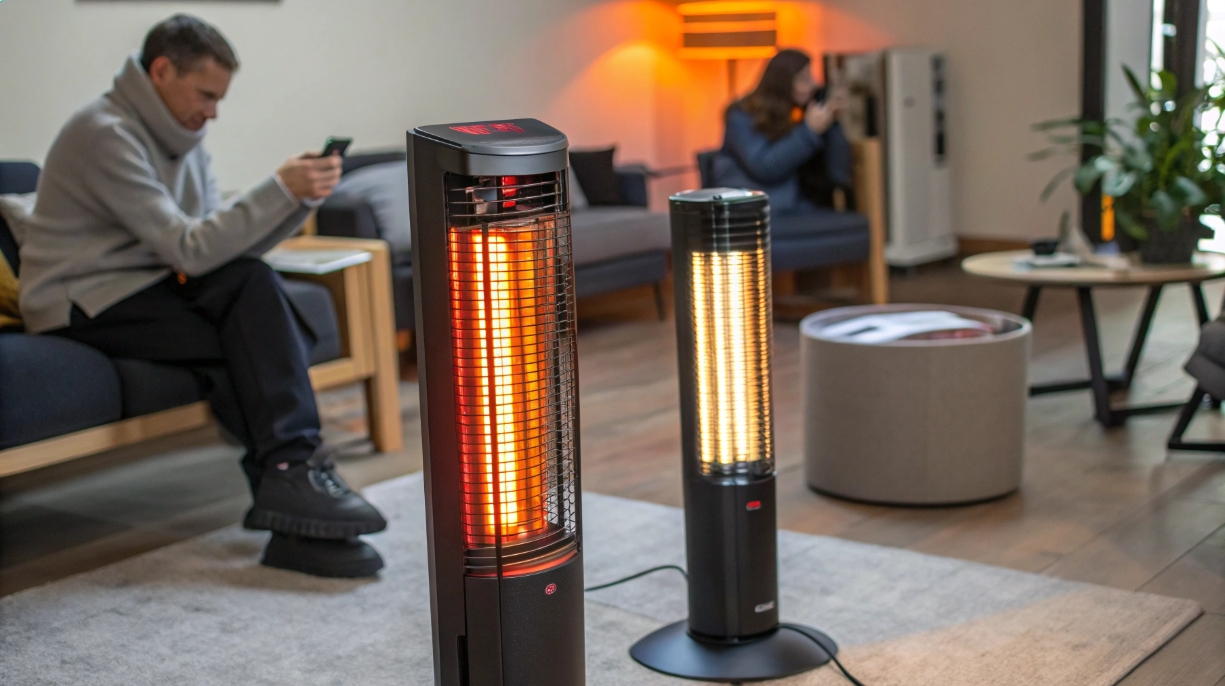
Let’s dive deeper into infrared heaters. I will share what I know about them. This will help you decide if they are the right heating solution for your needs.
Infrared Heaters: Pros, Cons, and Common Misconceptions Debunked?
Do you know all the facts about infrared heaters? Many people have misconceptions. It is important to separate fact from fiction.
Infrared heaters are energy-efficient for spot heating, silent, and don’t circulate dust. But, they only heat objects in their direct line of sight and can be more expensive upfront than traditional heaters. Some people mistakenly believe they emit harmful radiation, which is not true for typical infrared heaters used for heating.
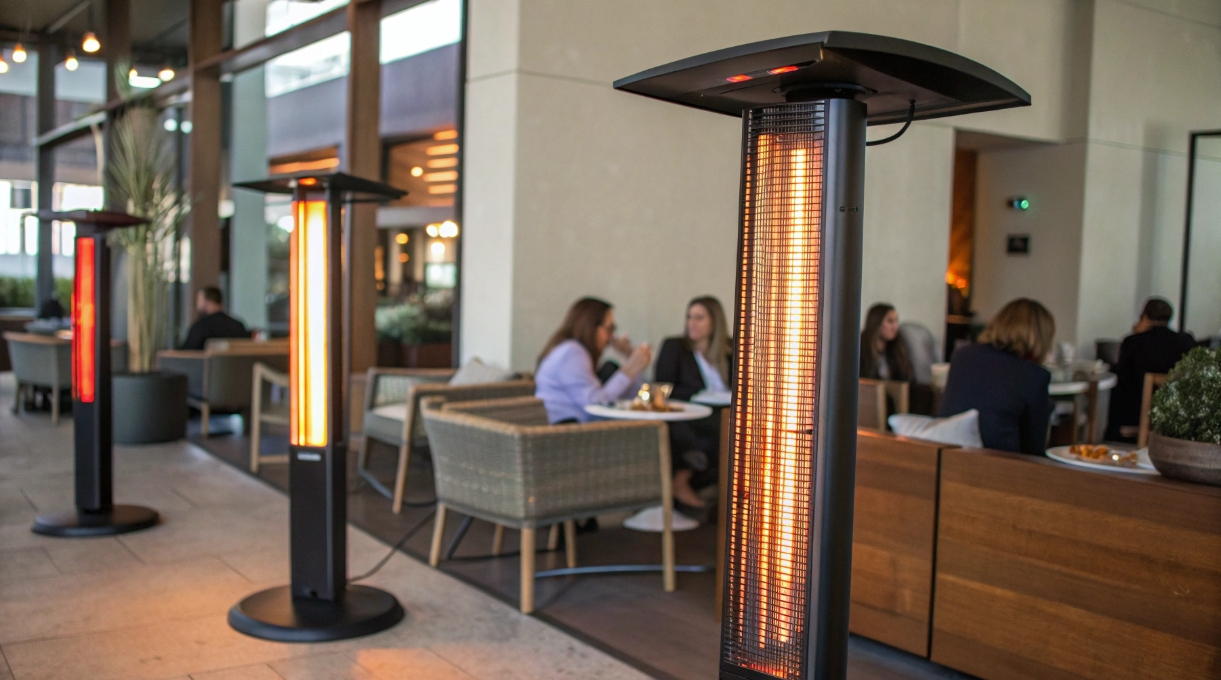
Are infrared heaters dangerous?
Infrared heaters use infrared radiation. It is a type of electromagnetic radiation. It is similar to what the sun emits. But it does not emit harmful UV rays, so it will not cause any damage. Here is a breakdown:
| Feature | Infrared Heaters |
|---|---|
| Radiation Type | Infrared (safe for heating) |
| UV Emission | None |
| Safety | Safe when used as directed |
| Misconceptions | Often confused with harmful radiation sources |
Are infrared heaters expensive to run?
Many factors affect the cost. This includes the heater’s wattage, how often you use it, and your electricity rate. In the right circumstances, infrared heaters can save money. For example, if you only need to heat a small area, a high-efficiency infrared heater can be very cost-effective.
Top 7 Infrared Heaters for Every Budget: Indoor, Outdoor, and Industrial Uses?
Are you looking for the best infrared heater? The market has many options. I want to share a curated list. This will cover different needs and budgets.
Here are some top-rated infrared heaters: For indoor use, consider quartz or ceramic heaters for small rooms. For outdoor patios, look at propane or electric infrared patio heaters. For industrial spaces, high-intensity infrared heaters are best. Prices range from affordable to high-end, so you can find one that fits your budget.
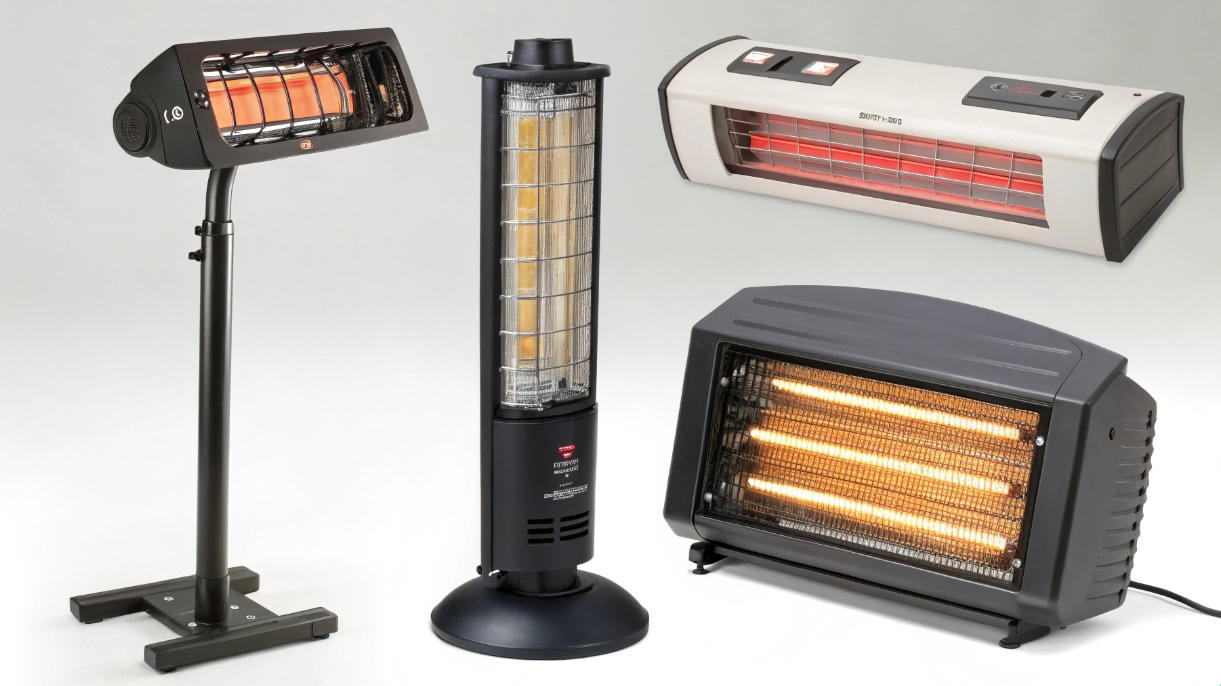
What are the best infrared heaters for indoor use?
When choosing an indoor infrared heater, consider the size of the room. Also, think about safety features. I also value portability and design. Here is what I would recommend:
| Heater Type | Best Use Case | Key Features |
|---|---|---|
| Quartz | Small rooms, personal heating | Quick heating, energy efficient |
| Ceramic | Medium-sized rooms, supplemental heating | Even heat distribution, longer lifespan |
| Panel | Large rooms, whole-room heating | Sleek design, can be mounted on walls or ceilings |
What are the best infrared heaters for industrial use?
In industrial settings, durability and power are important. I would choose heaters that can withstand harsh conditions. They also need to provide enough heat for large areas. As a manufacturer of heaters at ELEKHEAT since 1997, we know what you want.
| Heater Type | Best Use Case | Key Features |
|---|---|---|
| High-Intensity | Large warehouses, factories | Powerful heating, wide coverage |
| Explosion-Proof | Hazardous environments | Certified for safe use in explosive atmospheres |
| Spot Heating Units | Workshops, workstations | Targeted heating, adjustable |
Do Infrared Heaters Save Energy? A Cost and Efficiency Breakdown?
Are you concerned about energy costs? Many people want to know if infrared heaters are energy-efficient. Let’s break down the facts and figures.
Infrared heaters can save energy compared to traditional convection heaters. They heat objects directly. This means less energy is wasted heating the air. Their efficiency depends on proper use, room insulation, and the specific model.
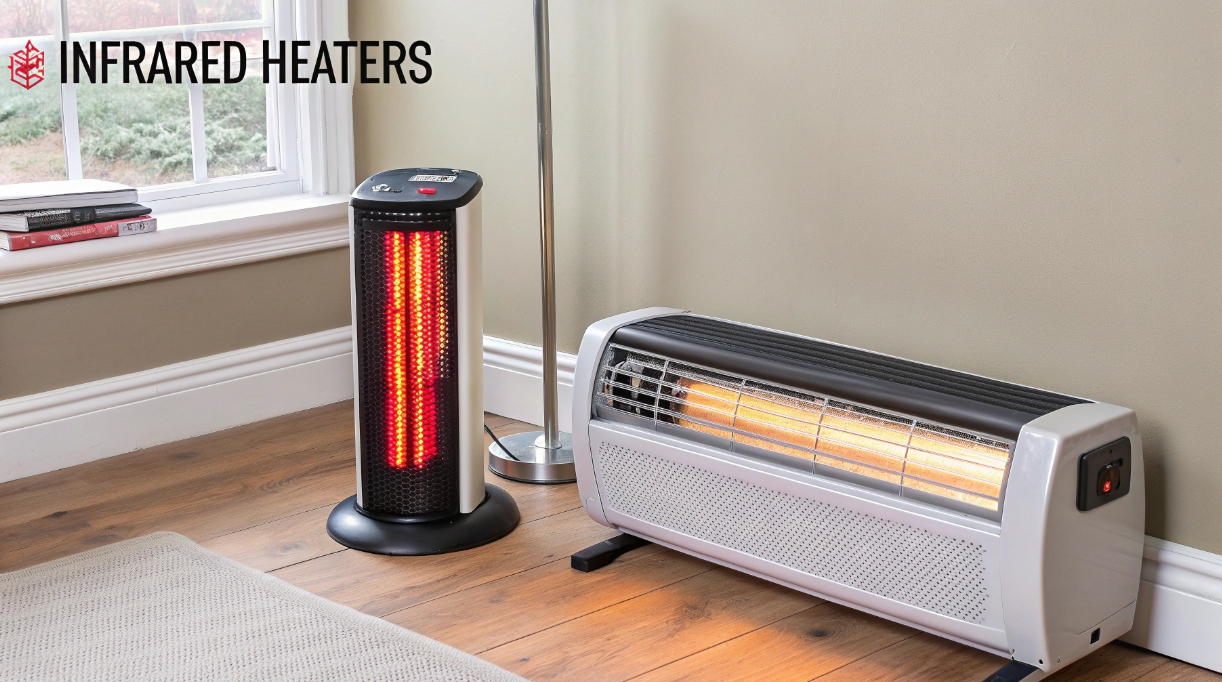
How do infrared heaters compare to traditional heaters?
Traditional heaters heat the air. Then, the air circulates to warm the room. This process is often inefficient. It also leads to heat loss through drafts. Infrared heaters directly warm objects. This can lead to greater efficiency in specific situations. I have seen this firsthand in our ELEKHEAT factory. We tested different heating methods.
| Feature | Infrared Heaters | Traditional Heaters |
|---|---|---|
| Heating Method | Direct heating of objects and people | Heating the air |
| Energy Efficiency | Can be more efficient for targeted heating | Less efficient for targeted heating |
| Heat Loss | Minimal heat loss through drafts | Significant heat loss through drafts |
How can I maximize energy savings with infrared heaters?
To save the most energy, use infrared heaters for spot heating. Only heat the areas you need. Make sure the room is insulated well to prevent heat loss. Also, choose a heater with a thermostat.
How Infrared Heaters Work: Science, Safety, and Ideal Applications?
Do you know the science behind infrared heaters? Understanding how they work will help you use them safely and effectively. Let’s explore the details.
Infrared heaters emit infrared radiation. This is a form of electromagnetic radiation that transfers heat directly to objects and people. They are safe when used properly. Ideal applications include spot heating, outdoor heating, and industrial processes.
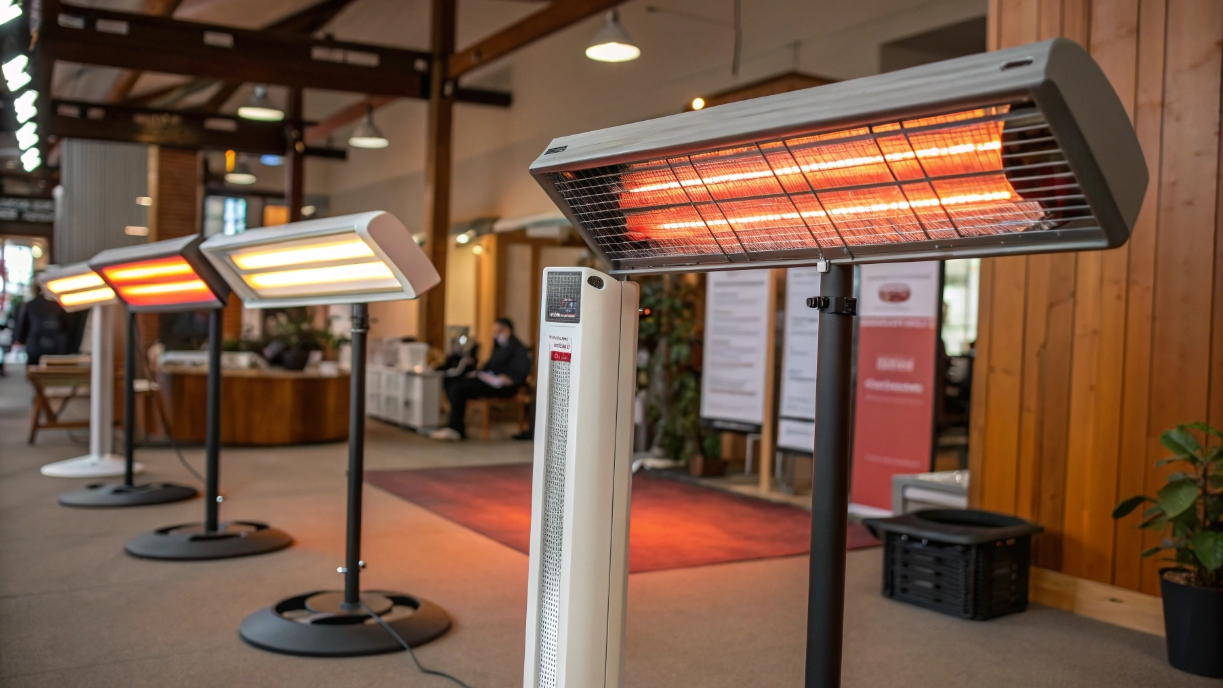
What are the ideal applications for infrared heaters?
Infrared heaters are versatile. They can be used in many settings. I have seen our customers use them in many creative ways. This includes everything from warming restaurant patios to heating specific workstations in factories.
| Application | Benefits | Examples |
|---|---|---|
| Spot Heating | Efficiently heats specific areas | Garages, workshops, workstations |
| Outdoor Heating | Provides warmth in open or semi-open spaces | Patios, decks, outdoor dining areas |
| Industrial Heating | Heats large areas or specific processes | Drying paint, curing adhesives, preheating materials |
What safety precautions should I take with infrared heaters?
While infrared heaters are generally safe, it is important to follow some safety guidelines. Always keep flammable materials away from the heater. Do not cover the heater. This can cause it to overheat. Also, use a heater with a tip-over switch.
Infrared vs. Traditional Heaters: Which Is Right for Your Home or Business?
Are you torn between infrared and traditional heaters? Each has its advantages. The best choice depends on your needs.
Infrared heaters are best for spot heating and energy savings in specific areas. Traditional heaters are better for evenly heating entire rooms. For homes, consider infrared for supplemental heat. For businesses, evaluate the specific heating needs of different areas.
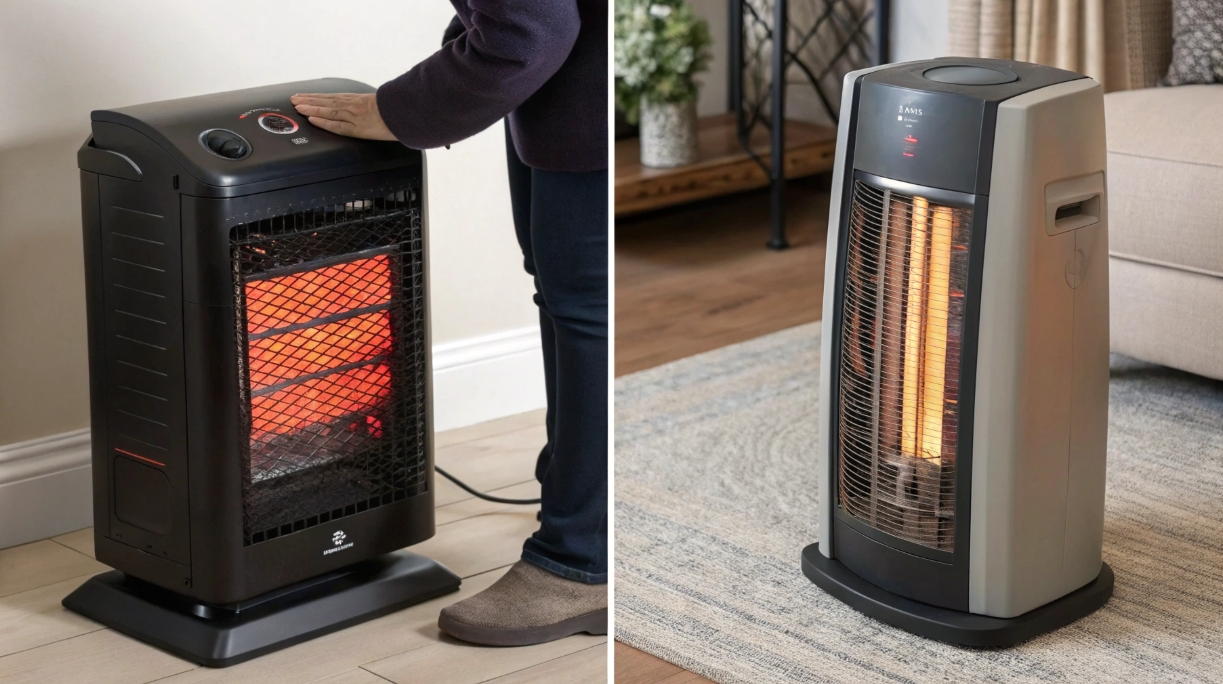
When should I choose an infrared heater?
Choose an infrared heater if you need to heat a small area. Also, choose one if you want to save energy. They are also a good choice for people with allergies. They do not circulate dust like traditional heaters.
| Scenario | Recommendation | Benefits |
|---|---|---|
| Spot Heating | Infrared Heater | Energy-efficient, targeted warmth |
| Allergies | Infrared Heater | Doesn’t circulate dust |
| Outdoor Use | Infrared Heater | Effective in open spaces |
When should I choose a traditional heater?
Traditional heaters are a better choice if you need to heat an entire room evenly. They are also generally less expensive upfront.
| Scenario | Recommendation | Benefits |
|---|---|---|
| Whole-Room Heating | Traditional Heater | Even heat distribution |
| Budget-Conscious | Traditional Heater | Lower upfront cost |
Conclusion
Infrared heaters offer an efficient way to heat specific areas. I hope this article has helped you understand if they’re right for you.
